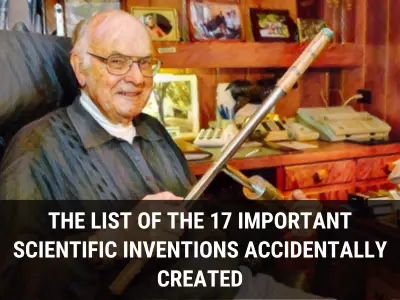The history of the United States presidency is rich with a tapestry of leaders who have held the highest office in the land. While many have served with distinction and left indelible marks on the nation, there are those who, for various reasons, had the shortest and often overlooked stints in the White House. In this blog, we will delve into the intriguing stories of the seven shortest-serving U.S. presidents, exploring the circumstances and events that led to their brief tenures, and the impact they had on the course of American history. From unforeseen tragedies to political scandals, these snapshots of presidential brevity shed light on the unique challenges and uncertainties that can shape the course of a nation.
The List of the 7 Shortest Stints of US Presidents
7. John F. Kennedy
2 Years, 306 Days
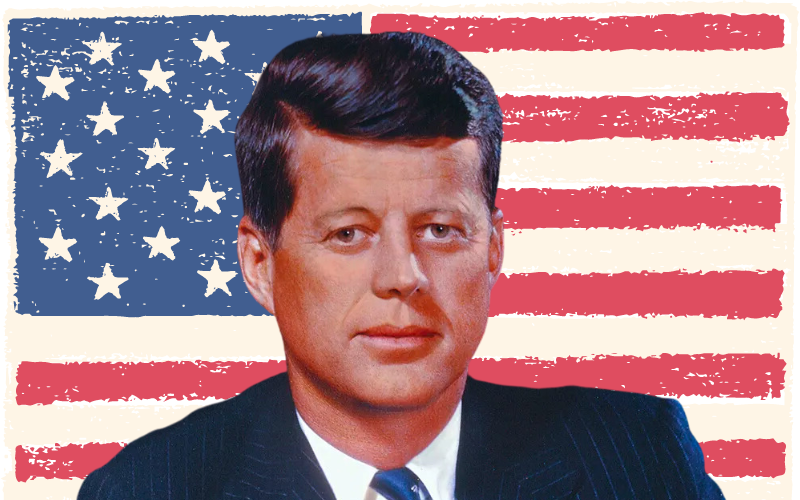
President John F. Kennedy was a highly esteemed leader who had recently embarked on an extensive, cross-country tour to convey his political priorities—centered on education, conservation, and global peace—in anticipation of a reelection campaign in 1964.
Tragically, Kennedy was assassinated on November 22, 1963, while his open-air motorcade traveled through Dallas, Texas. The gunman, Lee Harvey Oswald, was swiftly apprehended and charged with the murder of the president. However, Oswald himself was shot and killed by nightclub owner Jack Ruby while being transferred to the county jail.
Amid a nation gripped by shock and grief, Vice President Lyndon Johnson was rapidly sworn in as the 36th president.
6. Millard Fillmore
2 Years, 238 Days
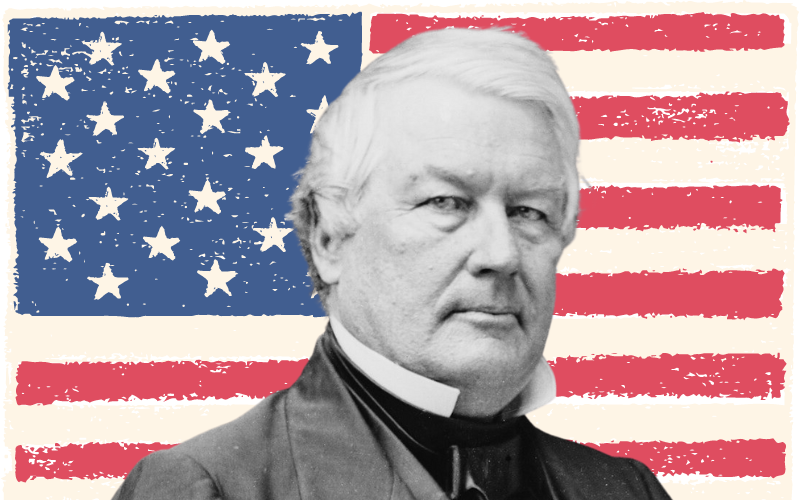
Millard Fillmore might be considered one of the more fortunate presidents in this lineup, as his brief time in office did not conclude with his death. Fillmore, who served as Zachary Taylor’s vice president, assumed the presidency in 1850 following Taylor’s sudden passing.
Similar to Taylor, Fillmore belonged to the Whig party, which originated in the 1830s in opposition to Democrat Andrew Jackson. Fillmore’s limited term coincided with the mounting political tensions between states that permitted slavery and those that did not. In 1850, Fillmore approved the Fugitive Slave Act, a law that imposed penalties and incarceration for individuals who aided runaway slaves.
As his remaining term came to an end, Fillmore sought his party’s presidential nomination in 1852 but was defeated by fellow Whig Winfield Scott. Fillmore holds the distinction of being the final Whig president and the last president not associated with either the Democratic or Republican parties.
Read More Fun Facts
Learn more fun facts with Trivia Mastermind content.
5. Gerald Ford
2 Years, 164 Days
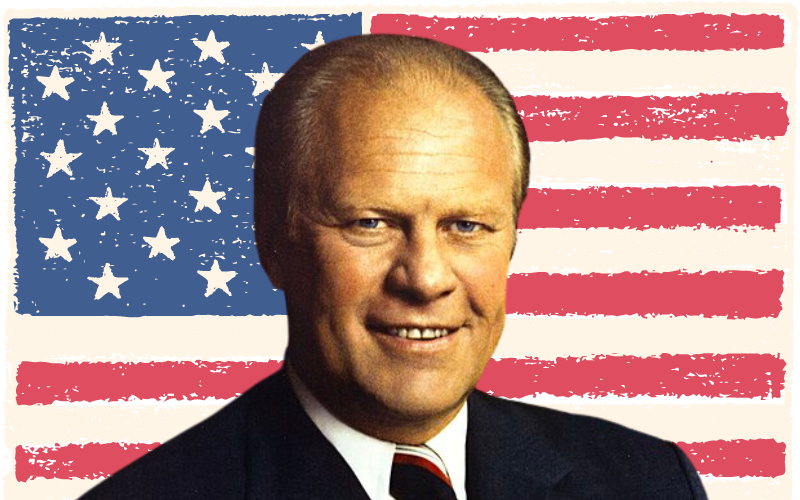
Gerald Ford assumed the presidency under unique circumstances never before encountered by Americans. On August 9, 1974, President Richard Nixon resigned from his position in the wake of the Watergate scandal. In accordance with the 25th Amendment to the Constitution, this automatically elevated Ford, who was Nixon’s vice president, to the role of the 38th president of the United States.
President Ford’s time in office was notable for several other reasons. In 1973, Nixon selected Ford, then a respected Republican congressman, to take the place of Vice President Spiro Agnew, who had resigned due to an unrelated political scandal. This made Ford the sole individual to serve as both vice president and president without being elected to either office.
During the 1976 presidential election, Ford lost to Democrat Jimmy Carter, and he departed from his presidential duties on January 20, 1977, completing a term of precisely 895 days.
4. Warren G. Harding
2 Years, 151 Days
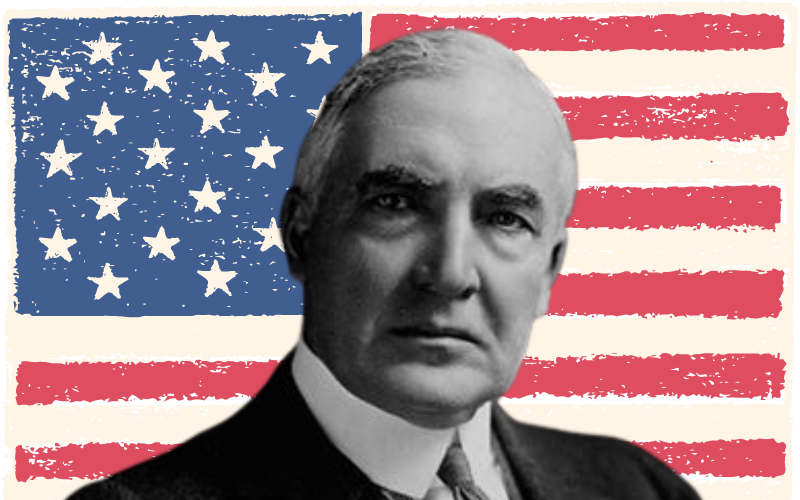
On the evening of August 2, 1923, Warren G. Harding, a popular president who was contemplating a reelection campaign, suddenly collapsed in the presidential suite of San Francisco’s Palace Hotel and passed away, with contemporary medical experts now attributing his demise to a massive heart attack.
Harding had grappled with persistent health issues and fatigue for several years, possibly due to an enlarged heart. In the weeks leading up to his death, he embarked on an ambitious nationwide speaking tour, which included the first-ever presidential visit to the Alaska Territory. During this tour, he suffered from a bout of food poisoning, prompting a detour to San Francisco in search of rest and medical care.
The unexpected death of Harding left the nation in shock, and his presidential legacy was initially marred by revelations of his involvement in fathering an illegitimate child. Subsequently, the Teapot Dome Scandal further tarnished his reputation, exposing extensive bribery and corruption schemes that occurred under his administration.
Play Trivia!
Challenge yourself and play trivia questions with answers and explanations.
3. Zachary Taylor
1 Year, 127 Days
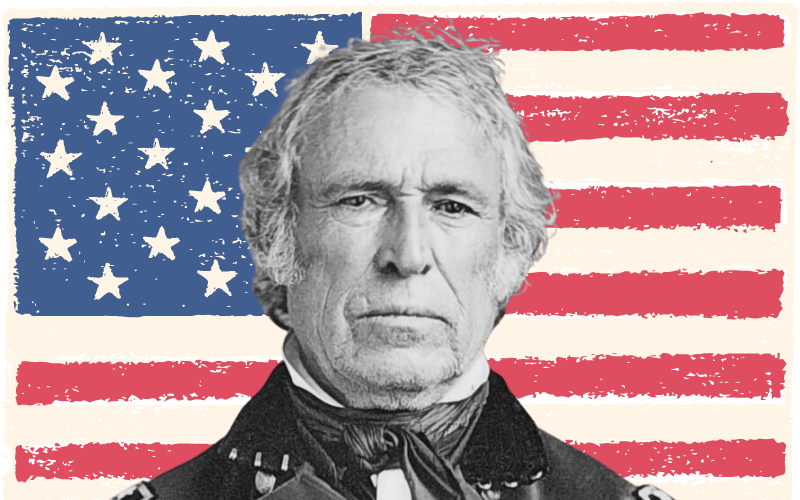
President Zachary Taylor, a distinguished war hero of the War of 1812 and the Mexican-American War, ultimately fell victim to a battle with bacteria.
Taylor, who served as the 12th U.S. president, assumed office in March 1849. Approximately a year later, he participated in Fourth of July festivities in the nation’s capital on an oppressively hot summer day. To seek relief from the heat, he consumed numerous glasses of ice water. Upon returning home, it was reported that he indulged in “substantial quantities” of cherries and other fruits, accompanied by iced milk.
It remains uncertain whether it was the food or the drinks that led to his demise. Taylor endured intense stomach pain, vomiting, and diarrhea. He passed away on July 9, 1850, with his physicians attributing his death to cholera, a bacterial infection of the small intestine.
2. James A. Garfield
199 Days
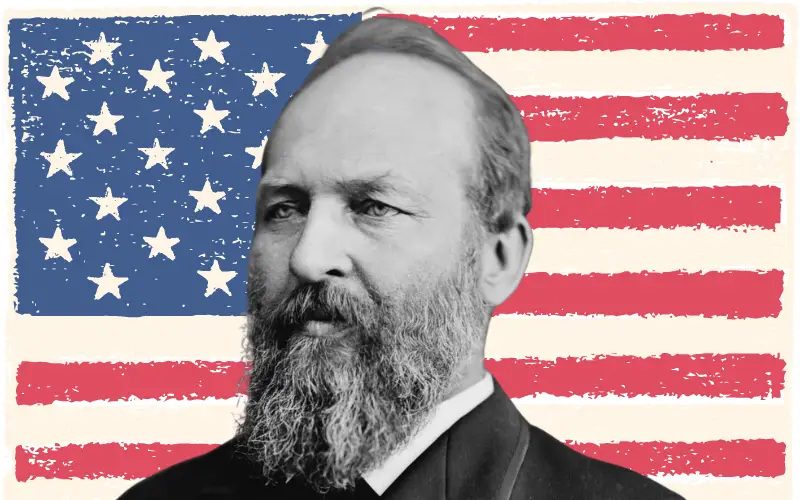
On July 2, 1881, President James A. Garfield arrived at the Baltimore and Potomac Train station in Washington, D.C., intending to start a much-needed vacation. Accompanied by his two sons, Garfield looked forward to a visit to his alma mater, Williams College, where he was scheduled to deliver a speech. During that era, presidents and their families traveled without the protection of a Secret Service detail.
What Garfield remained unaware of was the fact that a disgruntled and mentally unstable individual named Charles Guiteau had been shadowing the president for weeks. Guiteau aimed to carry out a “God-given” directive to assassinate Garfield, in order to pave the way for Vice President Chester A. Arthur to assume the presidency. Guiteau had even acquired an ivory-handled pistol, which he believed would find a place in a museum after the deed was accomplished.
At close range, Guiteau fired two shots at Garfield, with the second bullet becoming lodged in the president’s pancreas. Remarkably, Garfield survived the assassination attempt but succumbed to his injuries months later due to the ineptitude of the medical professionals who failed to extract the bullet. This led to a painful and ultimately fatal infection, and Garfield passed away on September 19, 1881, just one day short of completing 200 days in office.
1. William Henry Harrison
32 Days
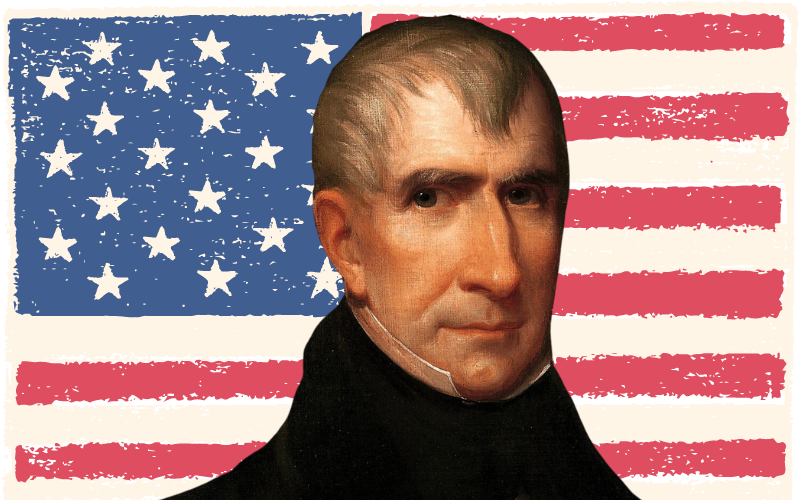
The ninth president of the United States, William Henry Harrison, barely held his office for a month. He did not meet the same fate as other presidents who were assassinated but succumbed to an acute illness in 1841, initially diagnosed as pneumonia.
The common belief was that Harrison became ill after delivering a nearly two-hour Inaugural Address in wet, freezing-cold weather without wearing a jacket, hat, or gloves. However, in 2014, epidemiologists determined that Harrison’s main symptoms, which included fatigue and severe abdominal distress, were more likely due to typhoid contracted from contaminated drinking water.
Harrison wasn’t the only president to suffer from the absence of a sewage system in Washington, D.C., but he does hold the distinction of being the shortest-serving American president.
Conclusion
In examining the seven shortest stints of U.S. presidents in the White House, we are reminded of the fragility of leadership and the unpredictability of the political landscape. From William Henry Harrison’s tragically brief 32 days in office to Gerald Ford’s unique path to the presidency, each of these presidents faced distinct challenges and left their own mark on history, no matter how fleeting their time in the Oval Office. Their stories serve as a testament to the resilience and adaptability of the American political system. As we reflect on these historical snapshots, we gain a deeper understanding of the remarkable diversity of circumstances that have shaped the presidency, and we are left with an appreciation for the enduring strength of the nation’s democratic institutions.
Read More Fun Facts
Learn more fun facts with Trivia Mastermind content.
Play Trivia!
Challenge yourself and play trivia questions with answers and explanations.
Recent Posts
Science Trivia - Astronomy ...
Step into a realm of nostalgia as we embark on a journey through the annals of pop culture and bid farewell to 35 recently obsolete technologies. In the ever-evolving landscape of innovation, certain...

